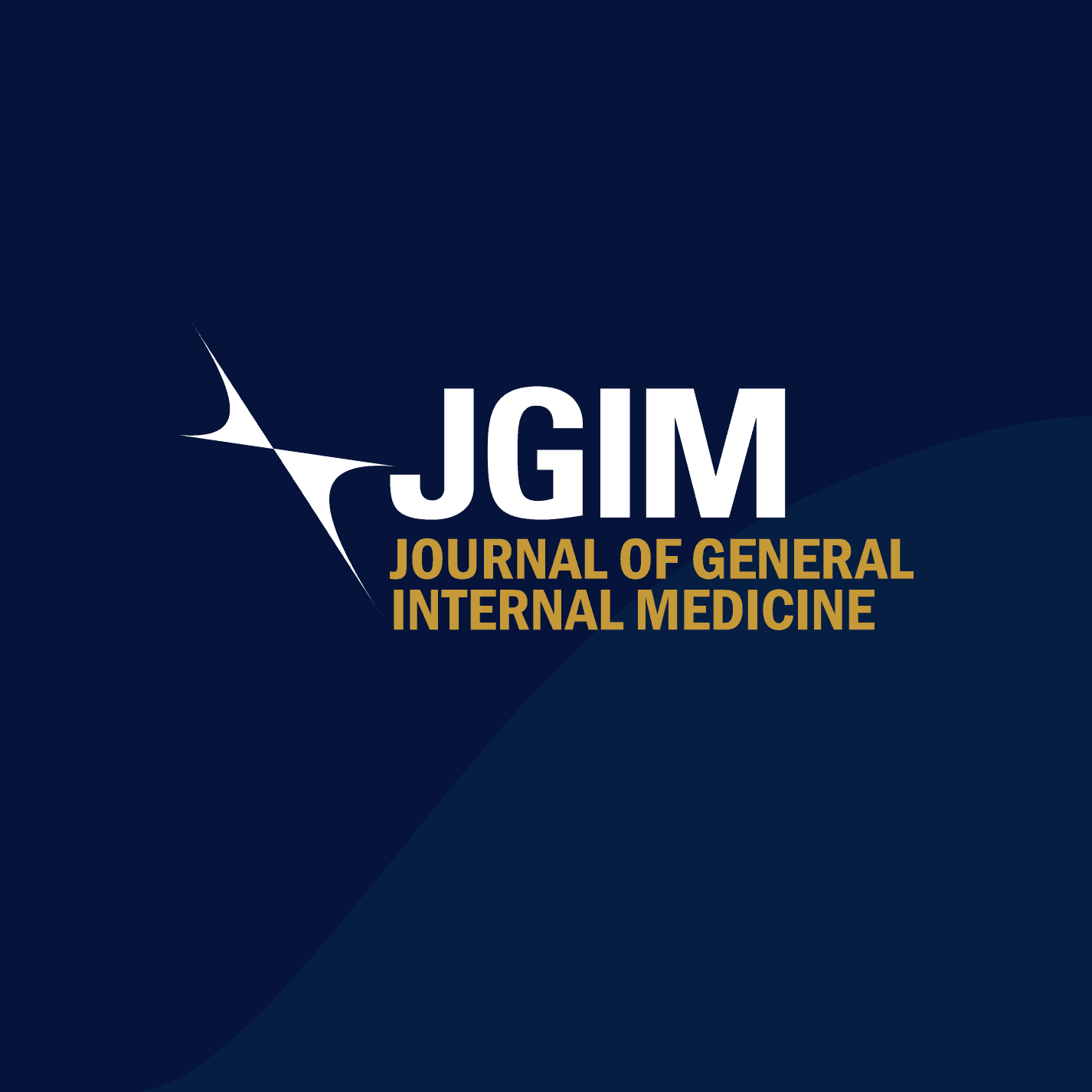Abstract
Background
Tobacco use continues to take the lives of many, and targeted interventions can counter this health burden. One possible target population is patients who have had a smoking-related diagnosis, as they may have a greater drive to quit.
Objective
To assess whether patients with previous cardiac or pulmonary conditions directly attributable to smoking have greater rates of abstinence post-discharge from hospitalization in the CHART-NY trial.
Design
CHART-NY was a randomized comparative effectiveness trial comparing a more intensive versus a less intensive smoking cessation intervention after hospital discharge. We divided the 1618 CHART-NY participants into a smoking-related history group of 597 and a nonsmoking-related history group of 1021 based on cardiac or pulmonary conditions in a retrospective chart review. We conducted chi-squared analyses on baseline characteristics. Using follow-up survey data, we conducted chi-squared analyses on abstinence outcomes and made logistic regression models for the predictive value of smoking-related conditions on abstinence.
Participants
A total of 1059 and 1084 participants in CHART-NY who completed both 2- and 6-month follow-up surveys respectively.
Main Measures
Self-reported 30-day abstinence at 2- and 6-month follow-up and survey data for baseline characteristics.
Key Results
Those abstinent at 6-month follow-up were more likely to have a smoking-attributable history (OR = 1.40, 95% CI 1.09–1.81). When stratified based on intervention, only the intensive counseling group was significant (OR = 1.53, 95% CI 1.08–2.17). The regression model using a smoking-related comorbidity score was significant at 6 months (OR = 1.29, p = 0.03), and the multivariate logistic regression model analyzing each smoking-related condition separately demonstrated significance for myocardial infarction at 6 months (OR = 1.66, p = 0.03).
Conclusions
People who smoke who have experienced smoking-related conditions may be more likely to benefit from smoking cessation interventions, especially intensive telephone-based counseling. Multiple conditions had an additive effect in predicting long-term abstinence after intervention, and myocardial infarction had the greatest predictive value.
Topic
JGIM
Author Descriptions
NYU Grossman School of Medicine, New York, NY, USA
Zain Khera BA, Nicholas Illenberger PhD & Scott E. Sherman MD, MPH
Department of Population Health, Seventeenth Floor, NYU Langone Health, New York, NY, USA
Nicholas Illenberger PhD & Scott E. Sherman MD, MPH
Department of Medicine, NYU Langone Health, New York, NY, USA
Scott E. Sherman MD, MPH
VA New York Harbor Healthcare System, New York, NY, USA
Scott E. Sherman MD, MPH
Share
Related Articles
Perspectives of In-Hospital Intramuscular Naltrexone and Oral Medications for Alcohol Use Disorder: A Study of Addiction Clinicians and Hospitalized Patients
Abstract Background Alcohol-related hospitalizations are rising; however, medications for alcohol use disorder…
Beyond Workarounds: Enhancing Education, Care, and Wellness on Inpatient Medicine Rotations—A Multicenter Qualitative Study
Abstract Background Inpatient medicine rotations (IMRs) aim to deliver exceptional clinical education…


